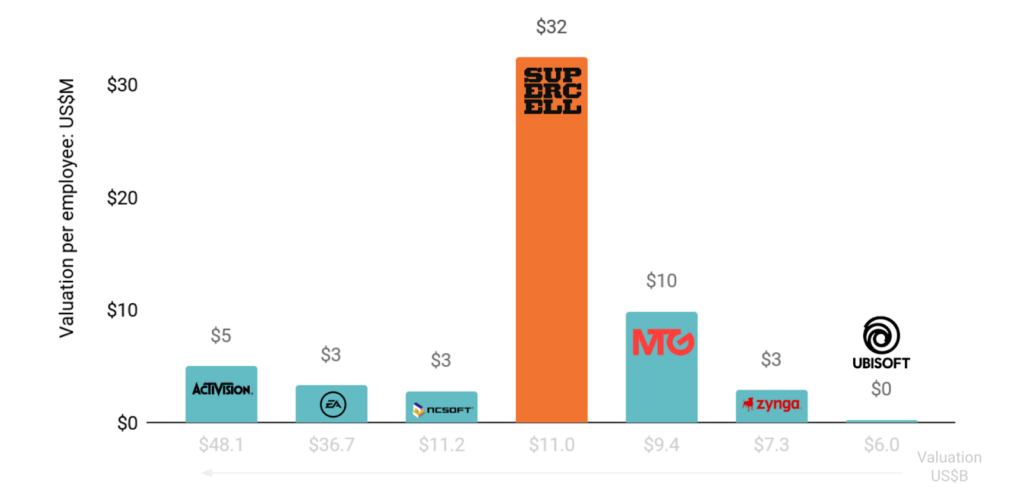Don’t compete
The Internet is full of people winning all the time. Someone is traveling to exotic locations, someone else is raising funds, and another person is winning awards. Essentially, everyone around you is succeeding while you do spend your days as the nature intended – sleeping, eating, smiling, chatting with friends, and spending time with your cat.
But, who here is really winning?
Imagine our society as a living and breathing organism with its own agenda. What would be on its agenda? First of all, like you, society would want to not die. Second, like you, it would want to thrive. ...







